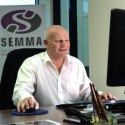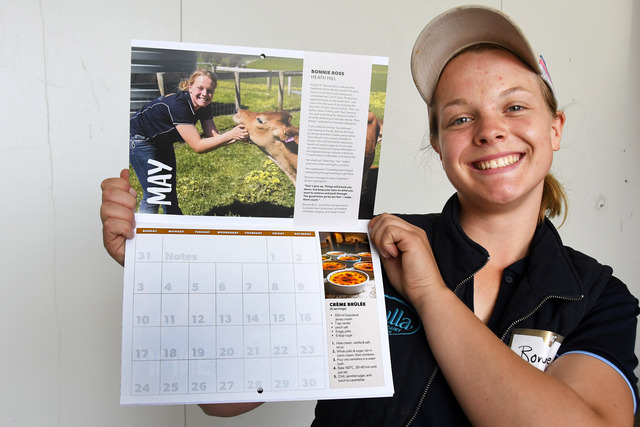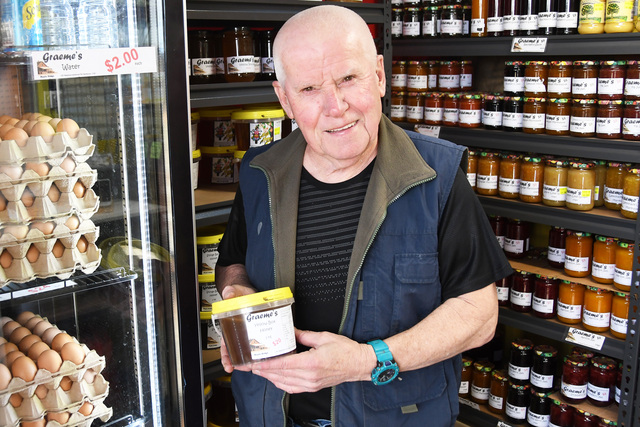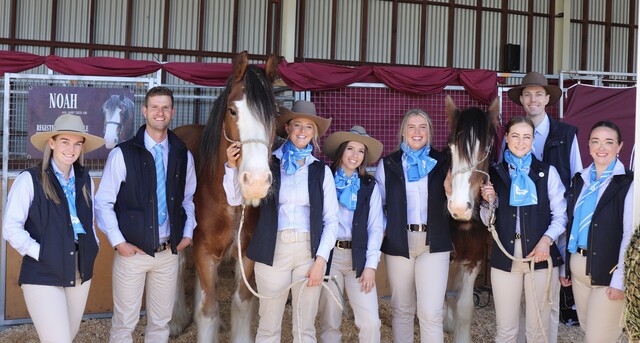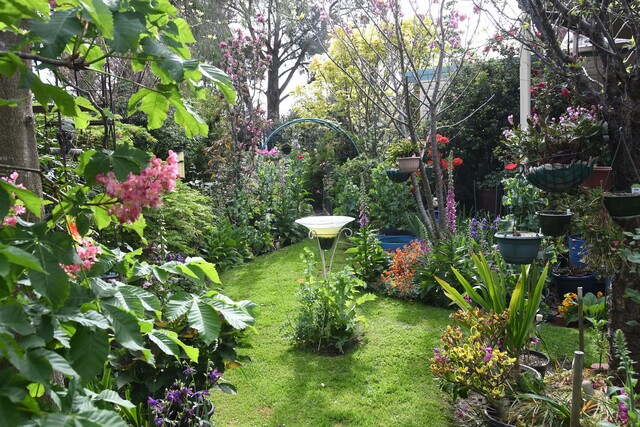By CASEY NEILL
SCIENCE, technology, maths and engineering are the keys to future employability.
This was one message from the Casey Cardinia Region’s Manufacturing: Change and Opportunity forum, held at Chisholm Institute’s Berwick Campus last Wednesday 8 July.
South East Local Learning and Employment Network (SELLEN) executive officer Andrew Simmons said some experts were predicting up to 70 per cent of jobs would require science, technology, maths and engineering (STEM) training.
If that wasn’t enough incentive for students to take the STEM path, he said these occupations generally paid higher wages.
“There’s a good opportunity to push that to our young people as well,” he said.
Mr Simmons said manufacturing was not the “dark, dumb and dirty” industry it had been in the past.
“This is not a destination for kids that are struggling,” he said.
“This is a destination for their best and brightest.”
He said technology was progressing rapidly and jobs and industries were changing with it.
“As things become more computerised and automated, it’s the back-end where jobs are,” he said.
MetamorphCG CEO and founder Simon Maselli said those heading into the engineering field needed a broader skill set than ever before.
“I can’t find kids who have got the skills that are needed now to be effective,” he said.
“A lot of the kids that come out now are book smart.
“They can problem solve on paper but not in the real world.”
South East Melbourne Manufacturers Alliance (SEMMA) executive officer Adrian Boden said “half the population thinks we don’t make anything anymore”.
But there are 11,000-plus manufacturing companies in the south east, he said, representing 10 per cent of Australia’s manufacturing workforce and 40 per cent of Victoria’s.
And every direct manufacturing job, Mr Boden said, created four to five jobs in other industries.
“That’s why you need manufacturing,” he said.
He highlighted local businesses excelling in Australia and overseas.
“It’s not all about doing a completely new product. It’s about doing something that’s been done before better,” he said.
Monash University’s mechanical and aerospace engineering department head Professor Chris Davies spoke about metal 3D printing or “additive manufacturing”.
“Education is really how we protect ourselves against someone buying the machine and dumping it in a low-cost labour country,” he said.
“We have the making of a very strong additive manufacturing industry in Melbourne.”
Prof Davies said metal 3D printing reduced the design cycle and therefore the time to take a product to market.
“And we can design things that were unable to be manufactured previously,” he said.
He showed a part with a complicated shape that would previously had been made by welding separate components together.
It can now be printed in one piece, reducing the part count and potential for failure.
Prof Davies said 3D printing wasn’t about taking an existing part and printing it.
“The saving is in redesigning,” he said.
Austbreck national operations manager Greg Field spoke about the changes he’d seen during his 35-year career spanning the automotive, aeronautic and rail industries, and urged engineers to keep it simple – but be quick about it.
“A lot of industry in Australia is too lethargic. The time to market for that innovation is critical,” he said.
Manufacturing Skills Australia CEO Bob Paton said Australia’s high living standards meant its manufacturers had to compete on “the smart stuff” rather than low overseas labour rates.
He said Chinese labour rates were increasing, sending work to Cambodia, Myanmar and other nations, and that Africa would be the next destination for low-cost labour.
Chisholm’s engineering, electro-technology and telecommunications manager Paul Sadler said the TAFE worked with schools and employers to ensure students had the broad skill sets they needed.

